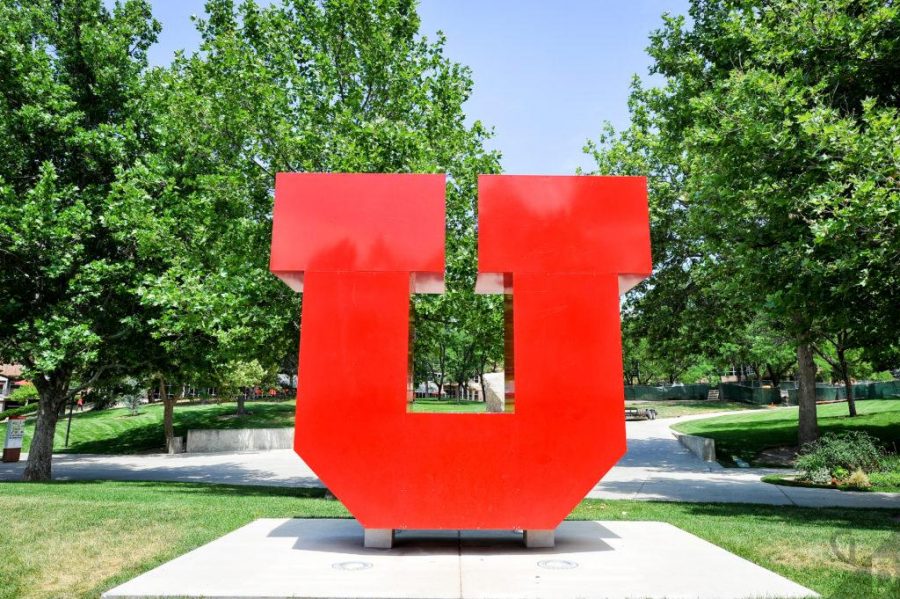The University of Utah is usually a high ranking institution by almost any metric. However, the school recently went unranked on a list of “Great Colleges to Work For” compiled by the Chronicle of Higher Education. The survey addressed factors like collaboration, pay and benefits, senior leadership, diversity, environment, a pathway to tenure and policies that promote a healthy balance between work and life while taking university policies and data from the Department of Education into consideration as well.
The U began participating in this survey in 2015. Employees answer questions for the Chronicle of Higher Education on odd years. During even years, they answer similar questions for an internal survey.
Jeff Herring, Chief Human Resources Officer for the U, said he is not concerned about not making the list this year. For now, his biggest goal is to get more university employees to respond to the survey — he said the average institution has a 47 percent response rate while the U’s is 27 percent.
Not being included on the list isn’t an indication that the U is a bad place to work, said Herring. On Glassdoor.com, current and former employees can rate companies and leave comments about the environment and senior management, among other aspects. With nearly 900 reviews, the U’s average rating on the site is 4.1 out of 5 stars. Herring pointed out that several of the comments on Glassdoor agree that the U has “great benefits.” Of those who reviewed the U, 85 percent said they would recommend the U to a friend looking for a job, and 93 percent said they approve of U President David Pershing’s leadership. Glassdoor doesn’t allow the U to change or delete reviews on the site.
Despite the low response rate for the Chronicle of Higher Education’s survey, Herring said the school has still learned from the results and they are grateful for the chance to use it as a tool.
After the 2015 survey, the U realized they had room to grow when it came to helping employees understand their role within the university. Herring says they want all the employees to know they’re part of something greater than their immediate job responsibilities. He offered himself as an example — as the Chief Human Resources Officer, he helps take care of the employees, but in the bigger scheme of things he is helping students gain an education and patients to be treated by doctors. He said this is something the U has been working on since they received the 2015 results.
The U hopes this year’s survey will similarly help them pinpoint areas that need improvement, and Herring said they look forward to getting the detailed results. He noted that a point is “just that,” but two points can help show a trend. The previous survey gave them a point of data. However, with the results of 2017’s survey, they can make comparisons and track growth to ensure the working environment is improving and solve any problems that appear.
Herring said, “We really do value our employees and think they’re critical.”
@EliseAbril



